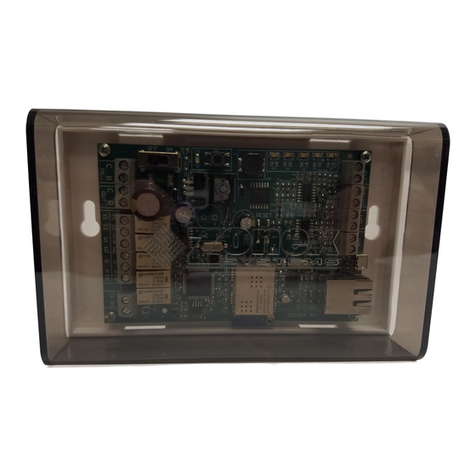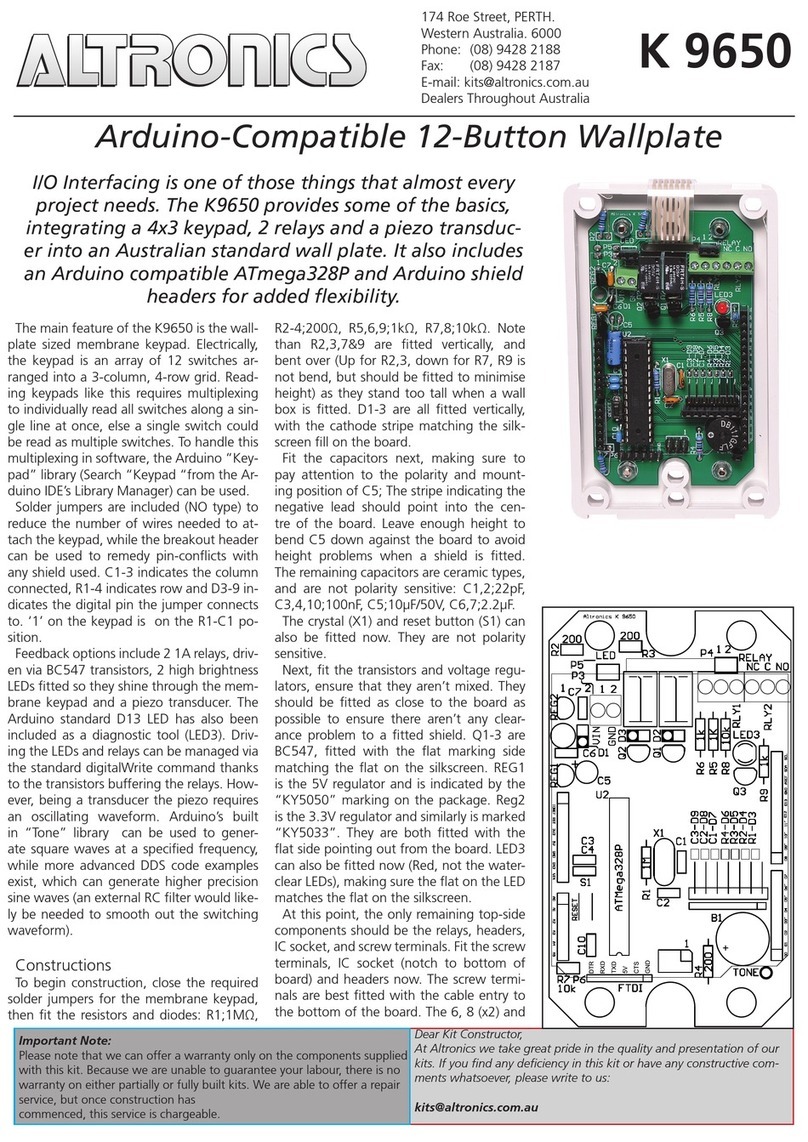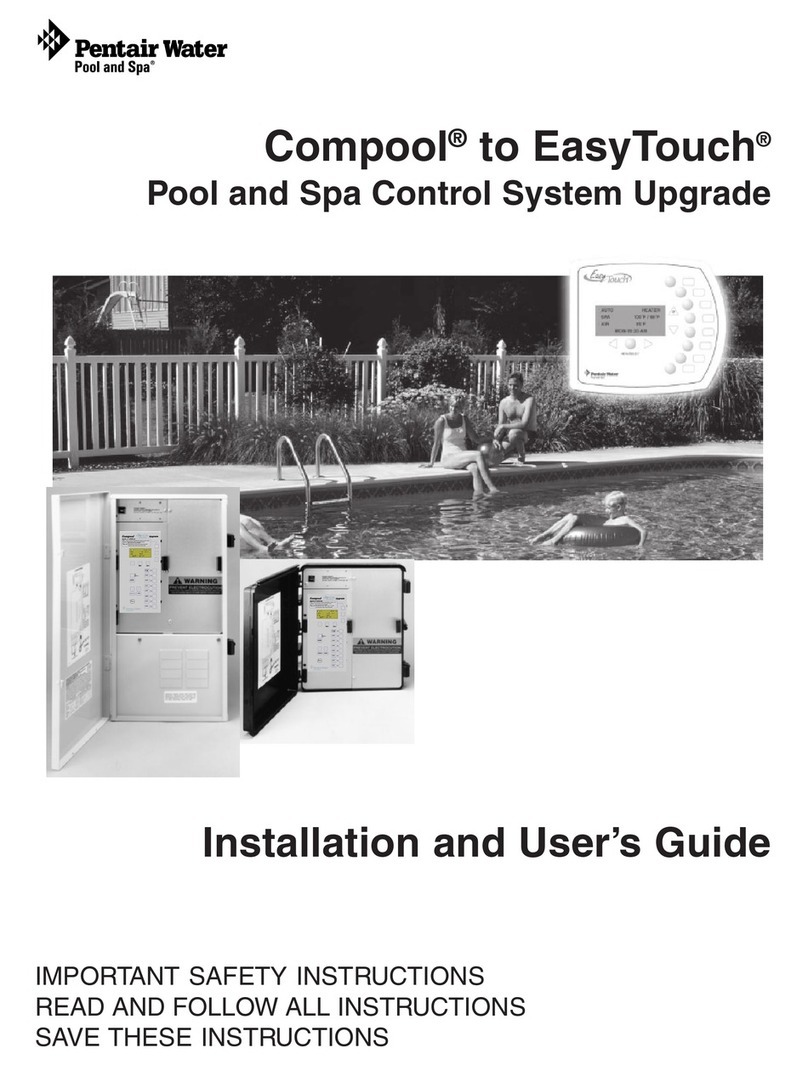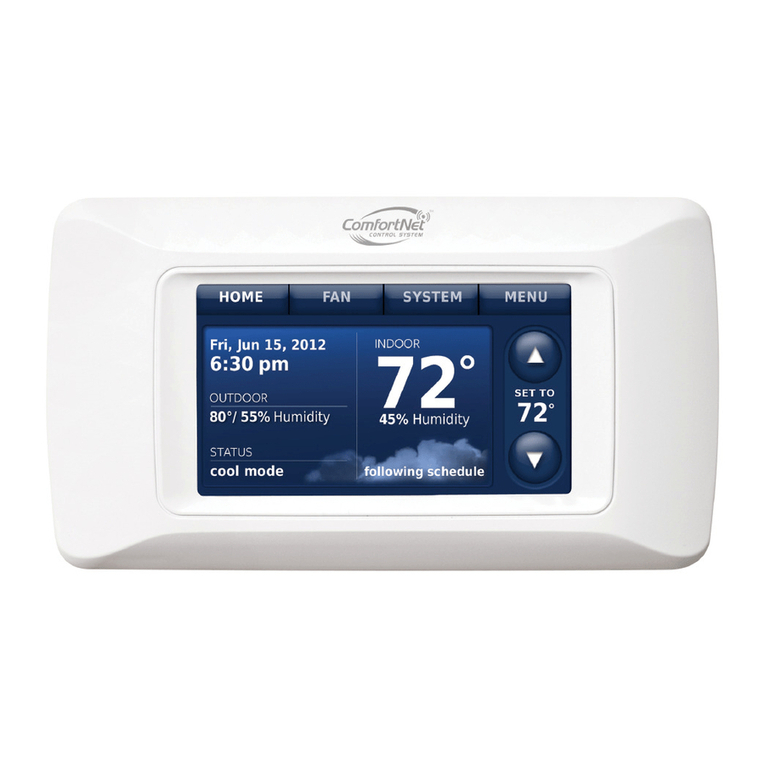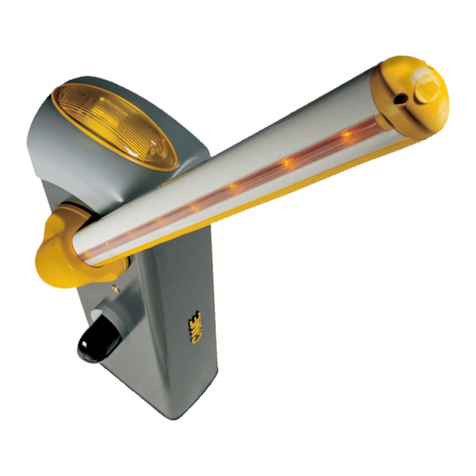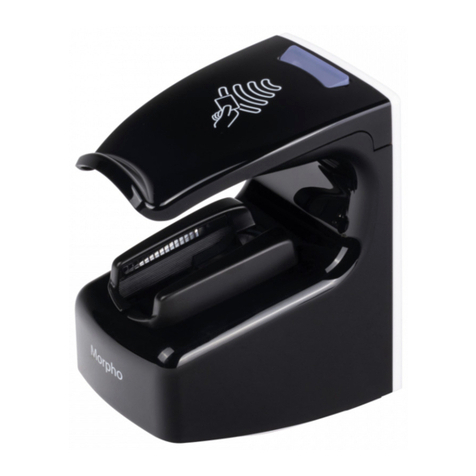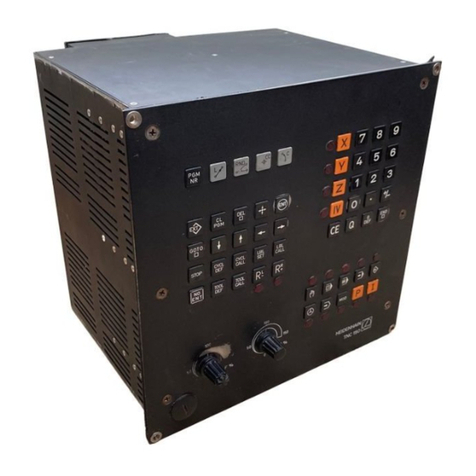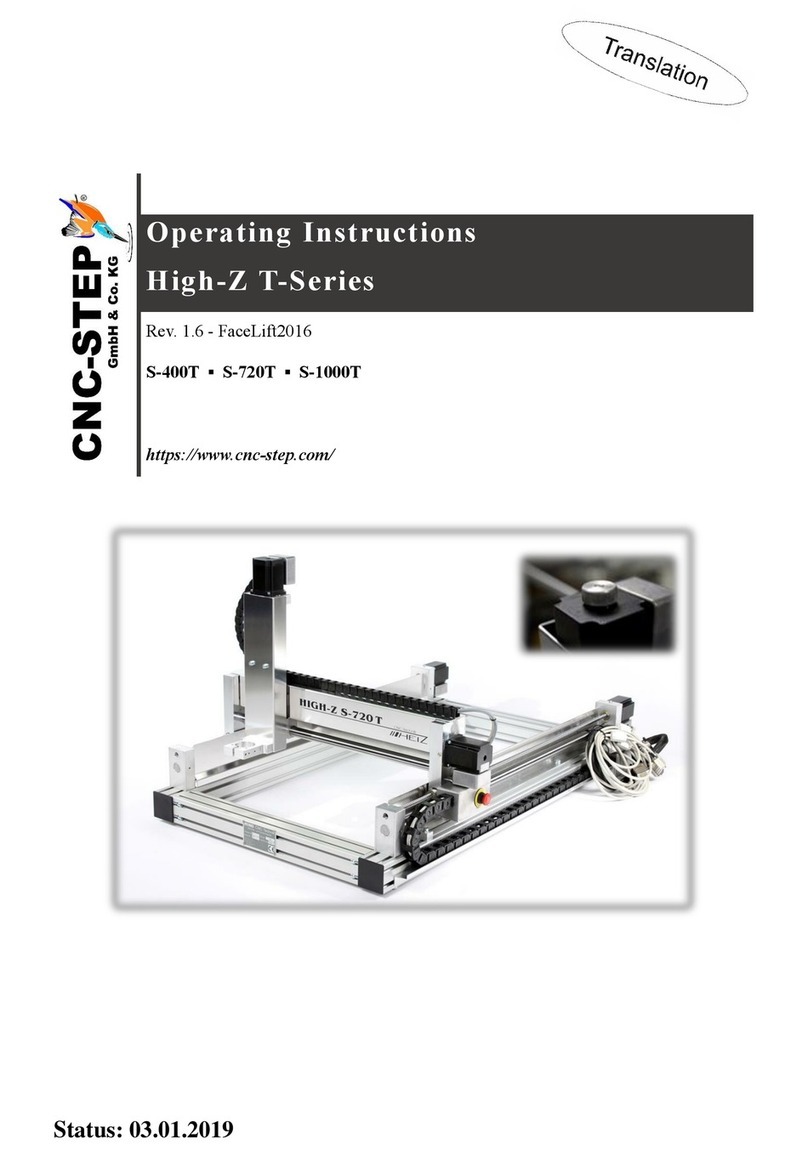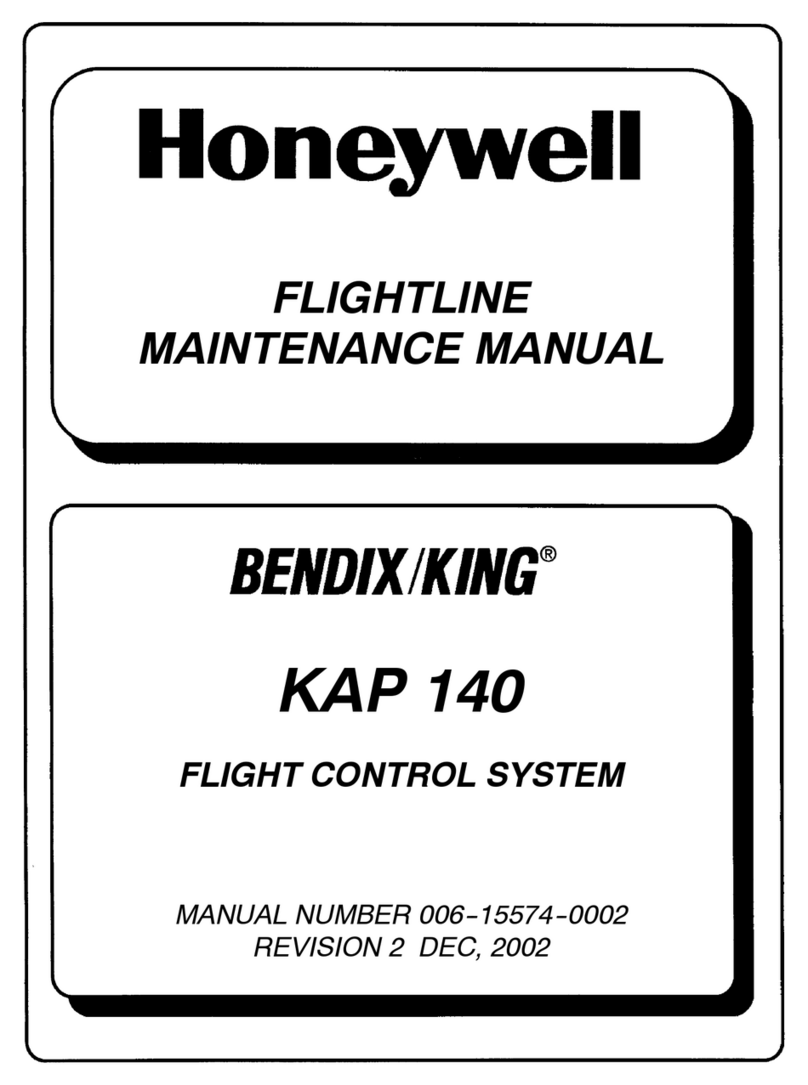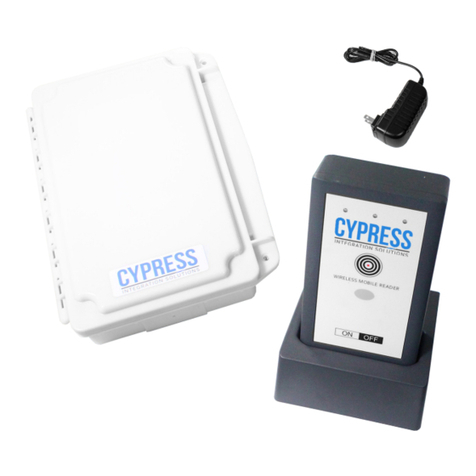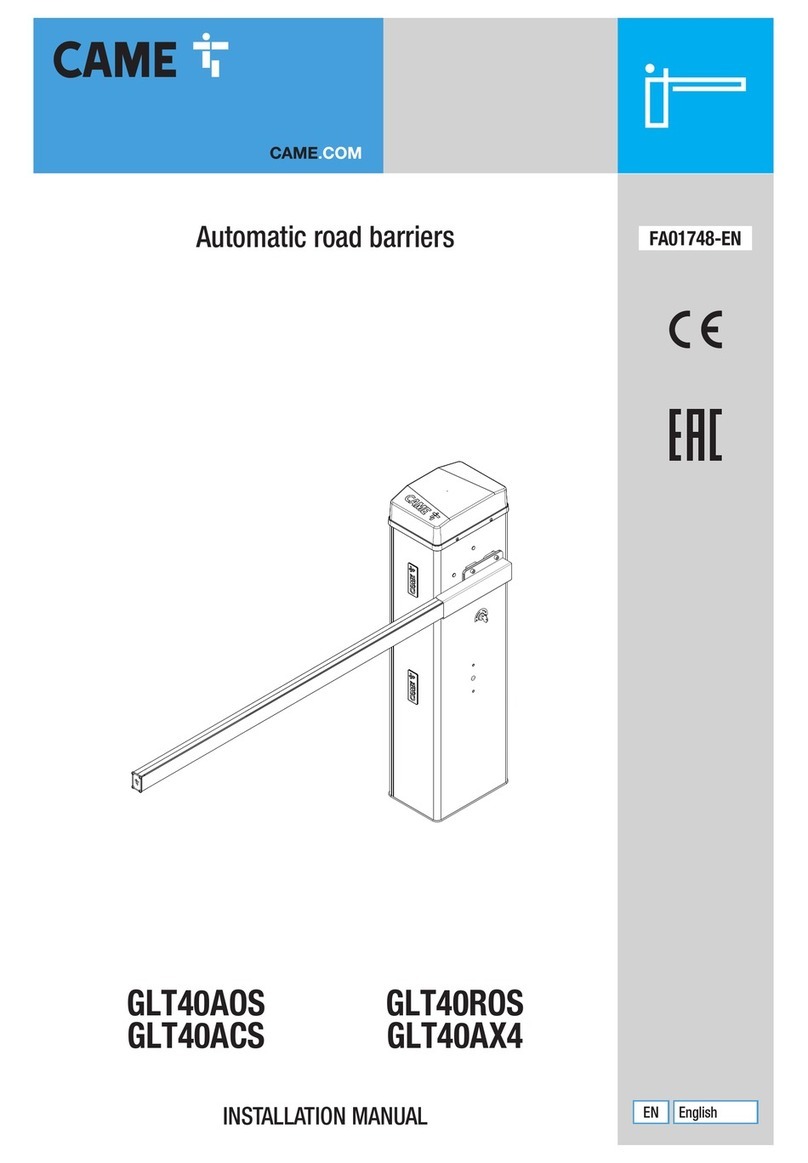
The information contained in this document is the property of Automatic Systems and is confidential. The recipient shall refr ain from using it for any purpose
other than the use of the products or the execution of the project to which it refers and from communicating it to third parties without written prior agree ment
of Automatic Systems.
RSB76E-MT-EN p. 7/33
2.2. Operating Principle
Note: the obstacle is said to be closed when it is in the raised position (=> passage closed);
the obstacle is said to be open when it is lowered (=> passage free).
The opening of the obstacle (3, p5) can be activated by a pushbutton box, presence sensors
(electric cells or inductive loops buried under the roadway) or by an external device, e.g. card
reader (options).
The closing is activated in the same way, or automatically at the end of a time-out.
The RSB can be operated as opening in both directions of passage, with, in this case,
automatic permutation of the opening and closing sensors (see p12).
The RSB will go out of service if its movements have not completed within the given time or if
it fails to close after several attempts.
The presence sensors (loops/cells) also make it possible to open, to stop immediately, to
reopen or close the obstacle in the event of detection of a user in the vicinity of the equipment.
→ The use of these presence sensors is strongly recommended by Automatic Systems!
The RSB is combined with a traffic light, which goes from red to green only when the obstacle
is completely open (opening limit switch reached). Upon the closing command, the light returns
to red before any movement of the obstacle.
Safety can be still further increased by coupling the RSB with a Rising Barrier (see p12).
The movement of the obstacle is transmitted from a gear motor to a linear actuator by a belt
and an endless screw.
A pre-loaded spring balances most of the weight of the obstacle: it reduces the effort required
by the linear actuator when the obstacle is being raised and reduces its speed of descent.
The speed of the obstacle, controlled by a variable speed controller (26, p6), is adjustable
both on opening and on closing. The movements are parameterised in the factory to offer a
sharp acceleration and a soft deceleration at the end of the movement.
When the obstacle is descending, the engine functions as a generator and sends the current to
the variable speed controller. To prevent any damage to the latter, this current is automatically
dissipated into a resistance via the braking module (24 and 25, p6).
An electric brake locks the obstacle in the up or down position, by mechanically blocking the
motor’s axis.
In the event of an out-of-service condition or a voltage drop following a dysfunction, the RSB is
stopped and locked (equivalent to a Stop command). It can however be unlocked and
operated manually (see p17).
At rest, the motor is kept under light voltage in order to create a little heat and to limit
condensation on the motor and the linear actuator.
A water level detector (6, p5) enables the equipment to be put out of service in the event of
the presence of water in the pit, fatal for the working of the motor. An alarm message is then
sent to the control board’s display unit (22, p 6) and a signal to the terminal strip (20, p6) with
